Tell us a little bit about yourself and what you do.
My name is Austin Swearengin and I am a sculptor living and working in Madison, WI. My studio is located in an old ESL school on the first floor of the building next to our residence. I implement many different techniques in my sculptural process that include digital fabrication, silicon mold making and casting, welding and soldering, found object manipulation, hand carving of clay and foam, and finishing and painting to create surreal objects and installations that at the heart are mostly attempts at an alternative form of drawing. Most recently my practice has focused more on organizing and curating for R&D, an exhibition space with my partner Abby Johnson. We are currently preparing for our first show to open on the 27th of April, 2024.

Could you describe your practice?
Engineering and poetry, two realms traditionally perceived as dichotomous, often harmoniously converge, and the interplay between these seemingly opposing forces fuels a lot of the ideas in my sculptural practice.
I am fascinated by the concept of viral mutability, the remarkable ability of organisms to adapt swiftly and creatively to changing environments. Much like viruses, my art explores themes of adaptation, change, and resilience in the face of ever-evolving circumstances. This fascination encompasses a spectrum of subjects: from the mutable architecture of our cities to the introduction of non-indigenous plant and animal species into ecosystems, from the shifting tides of information and knowledge trends to the relentless march of technological advancements through unsustainable planned obsolescence practices.
For me, the essence of design is mutability, the catalyst for change, and the facilitator of new perspectives. I strive to push the boundaries of design by challenging the conventional use-value versus perceived-value paradigm. By infusing poetics into material decisions, I aim to question inherent functionality and provoke viewers to reconsider preconceived notions about how objects relate to gravity and other unseen forces.
Through the lens of color, design, and materiality, I encourage viewers to reimagine the world of objects, question the established norms that govern our understanding of reality, and embrace a newfound disassociation from the expected. My art is a celebration of the malleability of design, a dance between functionality and aesthetics, and a tribute to the poetry that emerges when engineering transcends its confines.
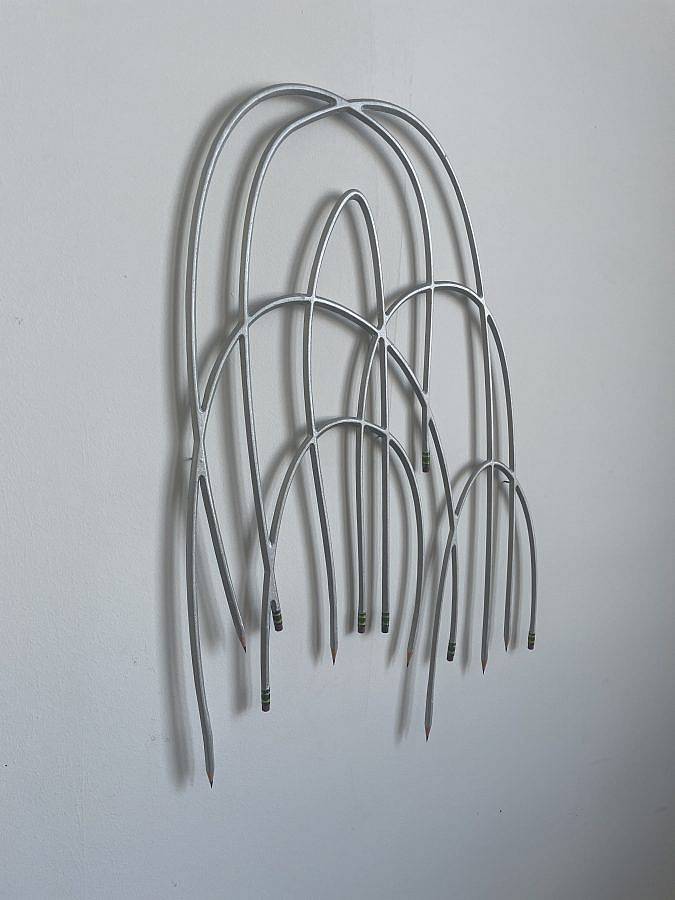
How did your interest in art begin?
In second grade I made this small ceramic sculpture of a bunny, and my teacher and parents were so excited that I think it persuaded me to keep playing with clay. That developed into a pretty big obsession with Sculpey, and quickly filled my parents and grandparents homes with all sorts of colorful little trinkets. Eventually that faded, and I focused on music for a large portion of my teens and early 20’s, before studying under Mark Cowardin at JCCC in Kansas in 2009. I immediately fell in love with sculpture again and I haven’t stopped since.
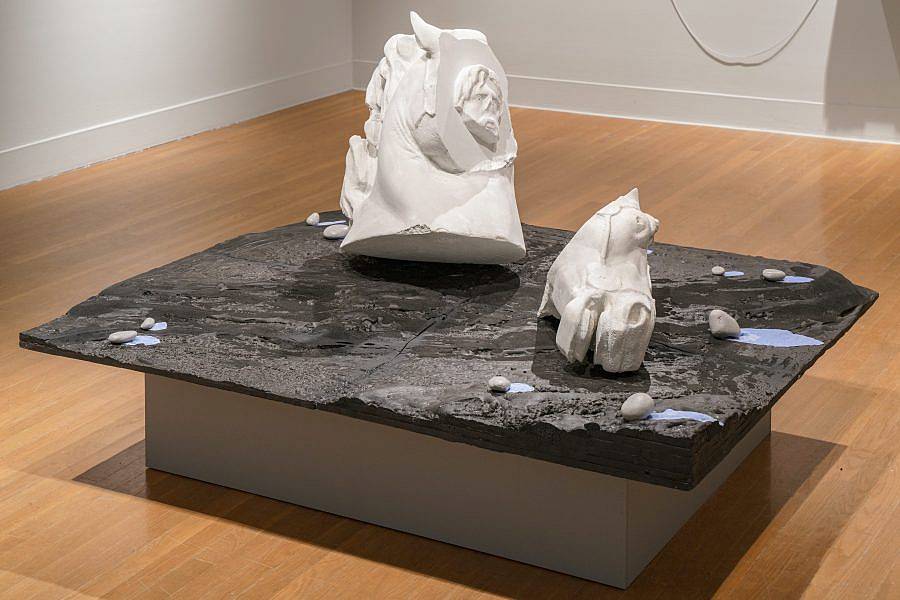
What is influencing your work right now?
My biggest influence right now is an obsession with a brief but culturally significant time period immediately following the introduction of quantum mechanics. During this time we saw the crumbling of some of the most fundamental understandings in physics like locality, the idea that things can only exist in one place at one time. The repercussions of this thinking are still being grappled with today, and experiments are still conducted daily to understand quantum phenomena, but for me it’s the cultural implications and how it influenced many avant-garde movements of the early 1900’s, specifically Dada and Surrealism. I find a parallel between the expansion of spirituality in the thought of these movements and the advancing knowledge of quantum possibilities, and feel that it’s a great lens for looking at how artists throughout the centuries were influenced by current scientific knowledge and spiritual knowledge that reflected those notions of existence. I’ve always been influenced by dada and surrealism in an aesthetic venture and a shallow understanding of what it meant since I was in high school, but really gained a gateway into the thinking when researching the burgeoning and origins of quantum ideas.
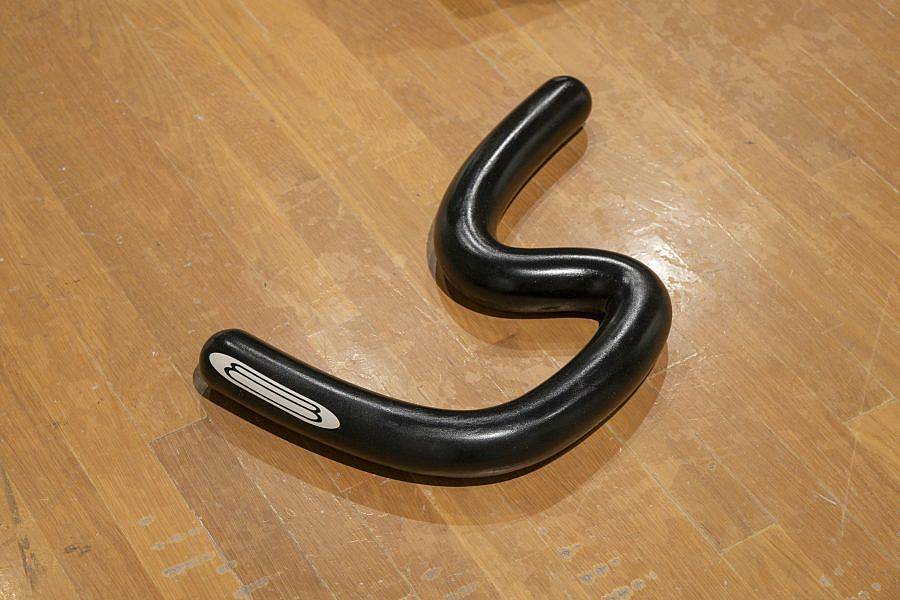
Who are some of your favorite artists?
Early on I was heavily influenced by artists like Martin Puryear, Louise Bourgeois, Mark Manders, Jason Dodge, Ursula von Rydingsvard, and a lot of other modern minimalists, and storytellers. Later I was really interested in Rachel Harrison, Helen Martin, Manfred Pernice, Amanda Ross-Ho, Paul McCarthy, Urs Fischer, Magali Reus, Gino De Dominicis, etc. I would say now I am mostly influenced by peers and friends, including all the amazing artists I am currently working with for R&D’s 2024 season.
Describe your current studio or workspace. (Please provide a photo of it if you have one)
I currently share a studio with my partner Abby Johnson in what used to be a classroom for an ESL school located on the first floor of the residential building next door to where we live. I’m a terribly chaotic maker, and have a tendency to work on the floor, despite adequate table space. I’m always working on 3 or 4 projects at once, and bounce back and forth between them, usually starting new projects when it gets to the sanding and painting portion of a current piece. I tend to work on larger and smaller projects at the same time, that are drastically different in approach and usually find a way for everything to work together, but sometimes things exist in a world of their own and I think that’s okay too.
What is one of the bigger challenges you and/or other makers are struggling with these days and how do you see it developing?
Rent, ever rising inflation and displacement. Artist’s have been tools for gentrification for a long time. The speed at which it happens now is astonishing to me. Artist’s always find a way, and I know a lot of artist friends and peers who work out of their apartments, or sketchy buildings in hard to get to places of town where rent is more reasonable. Some work in garages, or places without temperature regulation, which only really works for part of the year for most.
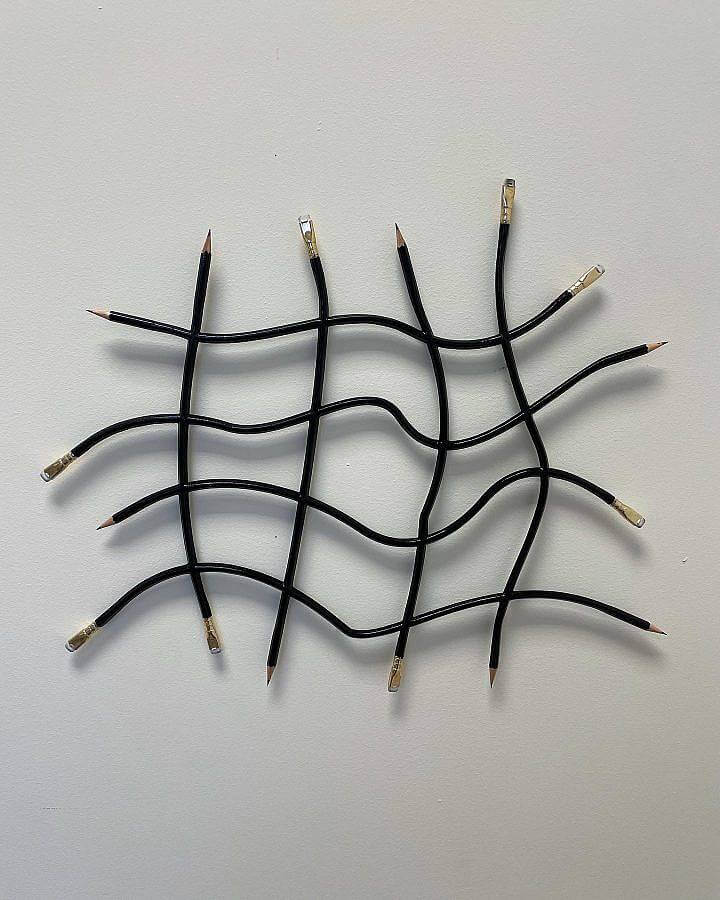
What are the main motifs in your work?
Absurd was he
named Diogenes,
the man who lived in a tub.
He is known as the cynic,
but that’s just one trait
among many attached to his name.
Of course, he is not
the subject of want,
but a creature that little be known.
A chameleon
who refused to blend in,
when on grass she’d take an orange tone.
She’d lay in a tree,
As red as can be,
with no worry of harm or ill will.
Snatch up flies,
despite no disguise,
or lay in the sun on a hill.
When one day our fine cynic,
came across this strange creature,
they quickly became best of friends.
Not an hour would pass,
where they wouldn’t show sass,
not a town hall they cared to attend.
As the rest of the world,
scurried past in a daze,
unaware of their dull tone of bland.
The two liked to cause trouble,
Pop everyone’s bubble,
Pick the mountains apart into sand.
Then after many years
the chameleon dreamed,
of getting back to the grass and the trees.
Glowing white in the night,
she got up and left,
bringing tears to the eyes of Diogenes.
So, now sitting alone
bathtub as throne,
he questioned his life’s work and goals.
As they grew worlds apart,
still in his heart,
he’d always have a lizard shaped hole.
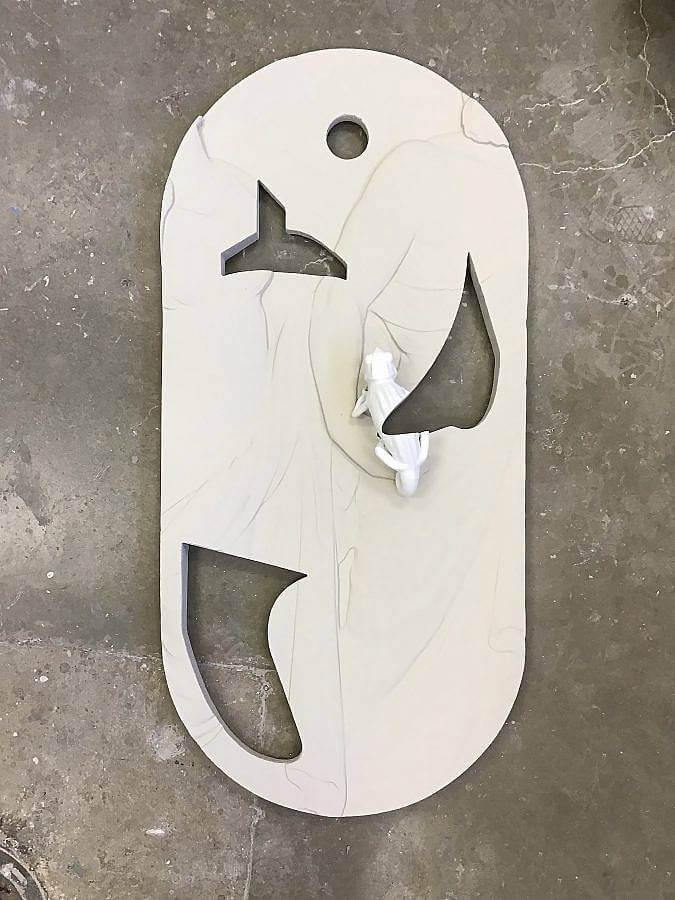
What do you collect? What have you been listening to/ reading lately?
At risk of sounding cliche, I mostly collect plants, books, art and records. I just got a very cool record of a friend’s band, Nossas Novas, and recently before that a re-release of Then We Were Closer by another friend’s band, Good Night and Good Morning. On the walls of our small apartment we have more than a few drawings by Alexandra Borovski, a little painting by Sarah Suppon, two Sarah Stellman pieces, a painting by Tyler Giordano, a sculpture by Ryan Brewer, a print by Bee Gray, and a few of Abby’s paintings and sculptures. Most recently I’ve been reading a book called Carmageddon, by Daniel Knowles, which is pretty self-explanatory, but I wasn’t aware of how definitively we know that driving, and creating and sitting in traffic takes years off our lives. Before that I was reading The Flowering Wand by Sophie Strand, On Freedom by Maggie Nelson, Killers of the Flower Moon, because I had to read it before I watched, and recently re-read Jitterbug Perfume by Tom Robbins. I mostly listen to ambient music or the newest version of friends songs over messages, I like a few podcasts but rarely listen anymore, and have more than a few Spotify playlists with random songs I love, but hardly remember the names of.
What are you really excited about right now?
Right now, I am most excited about our upcoming exhibitions at R&D. We have 6 exhibitions once a month starting in April and ending in September, showing works that we love and admire from artists around the United States and Canada. Derek Ernster (Chicago), Annmarie Suglio (Madison, WI) and Caddy Burns (Seattle), Alex Boeschenstein (Austin, TX), guest curator Taylor Henderson of Flavors Studio (SF, CA) which will present an exhibition of garments collaboratively made with artists alongside the work that inspired it, Logan Larsen (Austin, TX), and Sylvie Rosenthal (Madison, WI). If you have any questions, or want more information, you can reach out to us on the about page of our website.
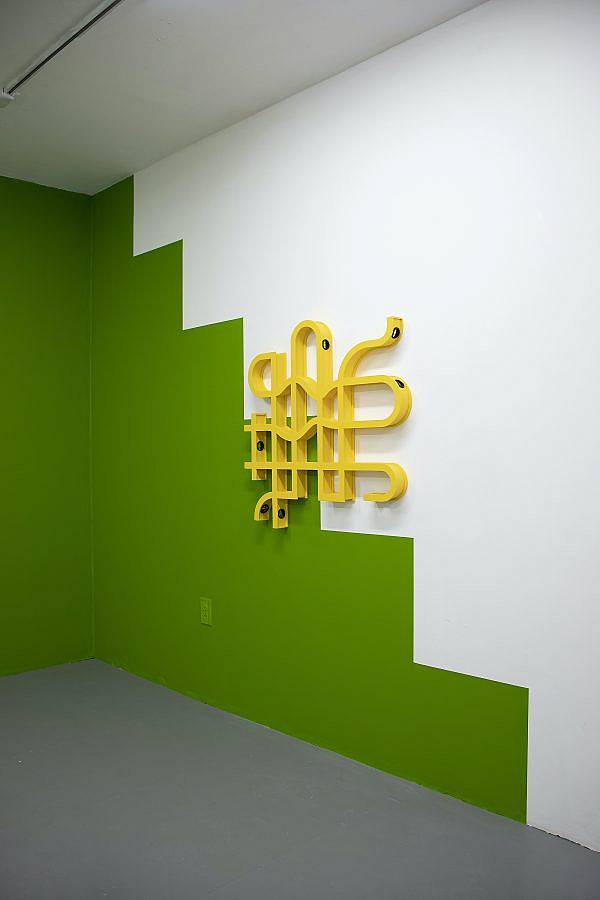
Interview conducted and edited by Lily Szymanski. All images courtesy of the artist.
